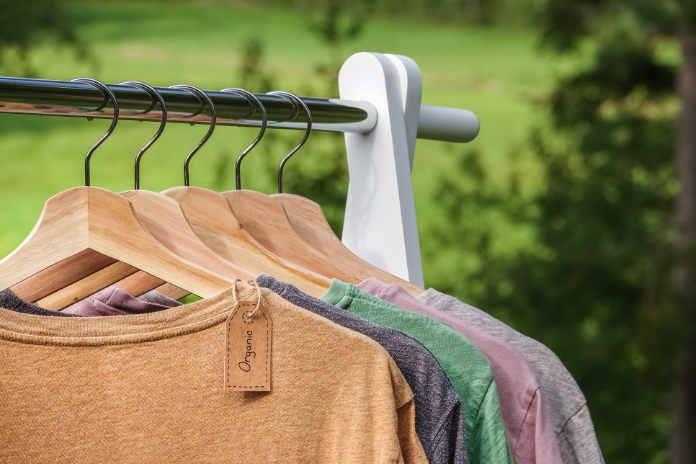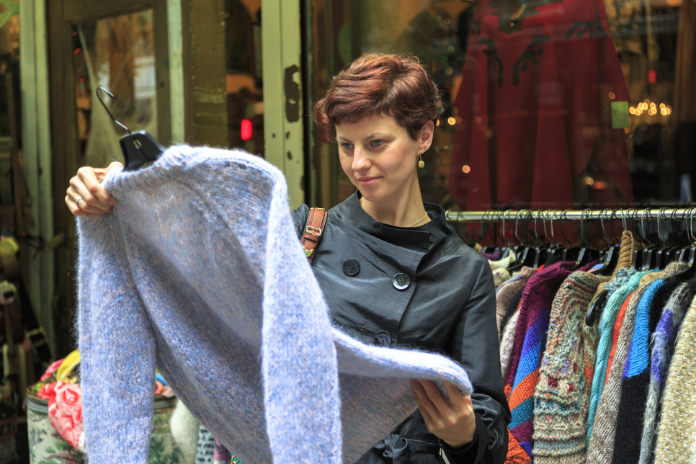Over the last few decades, it has become increasingly clear that consumerism is a massive threat to the Earth’s natural environment. At the same time, the public is becoming more conscious of sustainability and many people are becoming more eco-conscious in how they live their daily lives. We are realising that taking care of the environmental and living sustainability is everyone’s social responsibility.
You can take up this responsibility in simple ways by adapting your daily routines, such as how you shop. As sustainability is a complex issue, it is important to understand a few things about shopping for eco-friendly products. Armed with this knowledge, you will be able to make the best and most eco-friendly decisions with your purchases.
Eco-friendly shopping
1. Ask yourself ‘is it needed?’
With hundreds of thousands of products available, and advertisements popping up all the time, it can be hard to know what your actual needs and wants are. Most of the time, people buy stuff because of temptation rather than a real need for it. Therefore, it is essential to ask yourself if you need the product that you want to buy.
When you shop for clothes, consider whether you actually need that item in your wardrobe. Think about how often you will wear it. Always make sure that the item will add to your collection and fill a practical niche. Any item that doesn’t match any of the above criteria are just not worth the cost to you, or to the environment.
2. Prioritise sustainable materials

The best way to practice eco-friendly shopping is to go for things made of sustainable materials. It is always a great choice to opt for clothes made of natural fibres such as organic cotton or linen. Non-sustainable fibres like polyester and nylon consume larger quantities of water as part of the manufacturing process. These materials are also typically treated with toxic chemicals.
However, sustainable contemporaries use less water in their manufacturing process as well as not using chemicals or other substances that are environmentally damaging. Eco-friendly materials are now increasingly being used to make comfortable and fashionable garments.
3. Be conscious of packaging
Online shopping has become the norm in recent years, especially during the Covid-19 pandemic and post-Covid era. However, one major pitfall of shopping online is that your products are often delivered in mountains of plastic and other non-sustainable packaging.
Therefore, it is essential to do a little research about the packing before buying anything online. Eco-conscious brands such as Celtic and Co always ensure that their products come in plastic-free, eco-friendly packaging that is made from recyclable materials. They also facilitate multi-drop services as part of their delivery methods.
4. Shop in second-hand stores

Shopping second hand will help you satisfy your retail cravings, while ensuring that no new waste or pollution has been generated to manufacture the clothes you buy. Charity shops are a good option for this: look for charity shops in fashionable and trendy areas. This way, you will be able to find interesting garments that suit your tastes, and at low cost as well!
5. Replace plastic bags with reusable ones
A massive percentage of plastic waste around the world comes from the plastic bags we use while doing our shopping. These bags refuse to break down and turn into an enormous threat to the environment. Tons of plastic bags and other single-use plastic gets thrown away every day, and is taken to ever-expanding landfill sites, taking up space and leading to the destruction of wilderness. A significant proportion eventually ends up in the ocean, where it poses serious threats to marine life.
Minimising such threats is a simple task and can be done on an individual level. All you need to do is carry a tote bag or other reusable bag with you every time you go shopping. This simple practice doesn’t require much effort, yet it can significant cut down the amount of plastic you generate in your daily life.
6. Keep it simple, buy local
Major environmental threats like greenhouse gas emissions, ozone layer depletion, and global warming are the results of massive industries around the world. Therefore, shopping more from local shops lets you support your community, and at the same time minimise the harmful effects of big industry. Local shopping also reduces the amount of packaging needed for shipping. Another eco-friendly aspect of local shopping is that it reduces the amount CO2 released while shipping products from one country to another.
With the increasing levels of threats to the environment, being eco-friendly is no longer a choice. Furthermore, buying eco-friendly products and shopping in an eco-friendly way can be a good way to start your journey towards a sustainable lifestyle. As with all things, being environmentally friendly starts with small steps, and you shopping habits are a great place to start!
You may also be interested in…
This article may include affiliate links to products and services where we may receive a small fee to support the running of this site if you make a purchase or is a sponsored article from one of our select editorial partners providing valuable advice and information to our readers.































































